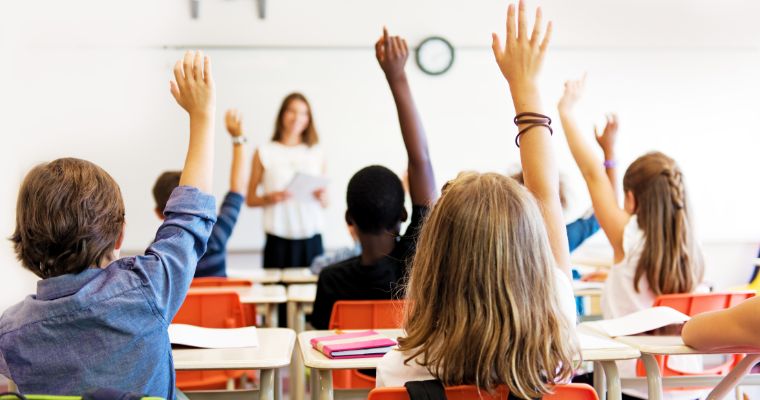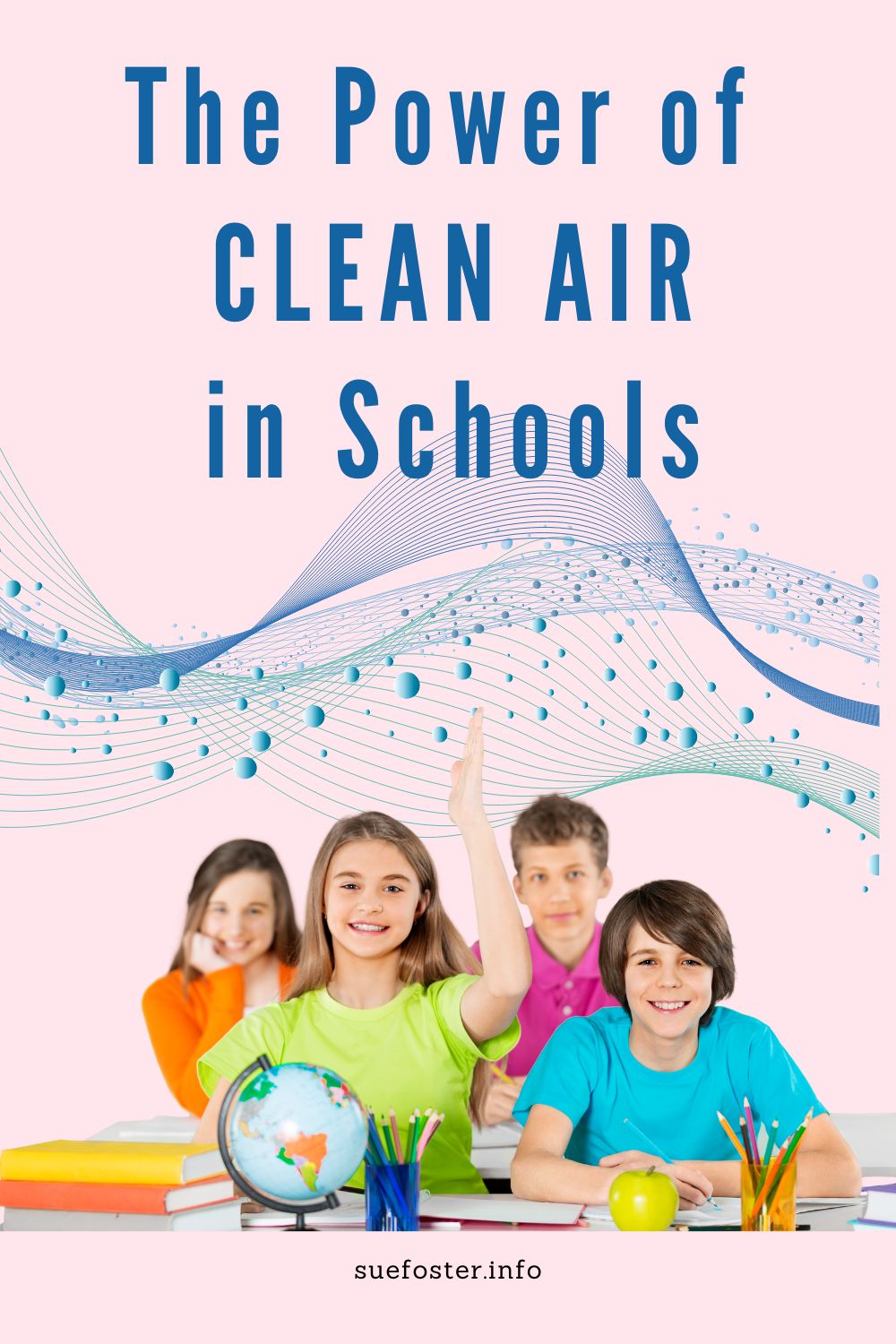COVID-19 primarily spreads via tiny respiratory droplets and aerosols, released when an infected individual coughs, sneezes, or talks. These can either be directly inhaled by others or settle on surfaces, leading to potential transmission. Given this mechanism, a clean, fresh-air environment is a crucial strategy to combat the spread of COVID-19 in schools.
Numerous scientific studies corroborate the link between poor indoor air quality and a heightened risk of virus transmission. Schools, with their enclosed spaces and high occupancy, are particularly vulnerable. Implementing measures to ensure clean air can markedly reduce the likelihood of transmission and provide a safer learning environment.

Proactive Measures for Ensuring Clean Air in Schools
Ventilation and Air Purification
One of the key measures to improve air quality is enhancing ventilation in school buildings. This can be done by keeping windows open, using fans, and upgrading Heating, Ventilation, and Air Conditioning (HVAC) systems to increase air circulation. High-grade air purifiers equipped with High-Efficiency Particulate Air (HEPA) filters can trap microscopic particles, including viruses, thus boosting air cleanliness.
UV-C Light Disinfection
Another promising strategy is employing UV-C light disinfection in HVAC systems. Preliminary research suggests that UV-C light can neutralise airborne pathogens, including the SARS-CoV-2 virus that causes COVID-19.
For professional UV-C disinfection products, visit the Philips website here.
Continuous Monitoring of Indoor Air Quality
Continual monitoring of indoor air quality is another important step. Devices such as CO2 sensors provide real-time data about pollutant levels and ventilation efficiency, serving as an early warning system if air quality deteriorates.
The Impact of Clean Air Beyond COVID-19 Prevention
A study published in the Journal of Environmental Research in 2021 suggests that better air quality in classrooms can enhance students’ cognitive performance and reduce absenteeism, making clean air in schools a long-term investment in our children’s future. Despite this evidence, we have yet to implement these necessary changes universally.
Moreover, the World Health Organisation advocates for a multifaceted approach to managing the COVID-19 pandemic. In conjunction with vaccination programs, testing, masking, and physical distancing, clean air in schools can contribute significantly to this comprehensive strategy.
Maintaining Surface Hygiene and Handwashing
While we spotlight the importance of clean air in schools, it is crucial not to overlook another significant route of COVID-19 transmission: contaminated surfaces.
The virus can linger on surfaces for hours to days, depending on the type of material. Thus, regular and thorough cleaning of commonly touched objects and areas is of utmost importance. These include doorknobs, desks, keyboards, handrails, and other high-traffic surfaces.
Don’t forget that hand hygiene remains a powerful tool in our fight against this virus. Encouraging regular handwashing among students, staff, and visitors can significantly reduce the risk of infection.
Wash hands with soap and water for at least 20 seconds, especially before eating, after using the restroom, and after touching common surfaces. When soap and water are not readily available, using a hand sanitiser with at least 60% alcohol can be effective.
So, while we strive for cleaner air in our schools, let’s not forget about these equally important precautions. They reinforce each other to form a comprehensive approach towards a safer, healthier school environment in the time of COVID-19.
Personal Decisions and the Urgent Need for Enhanced COVID-19 Mitigations in Schools
In March 2021 I made the personal decision to deregister my child from her school and home educate due to insufficient Covid mitigations. This was a difficult decision, one which underscores the criticality of the situation we are facing.
While recognising that each parent must make decisions based on their unique circumstances and the specific conditions of their child’s school, this step underlines my firm belief in the importance of comprehensive COVID-19 prevention measures in schools.
It serves as a call to action, emphasising the urgent need for schools to prioritise improved air quality, regular sanitisation, and enhanced hygiene practices.
In essence, our children’s schools should be environments where learning thrives and health is safeguarded.
Anything less is a compromise we should not be willing to make. This underscores the necessity for rigorous preventative measures in all schools, ensuring that no parent feels the need to make the difficult decision that I had to make.
To Summarise
Clean air in schools is critical in preventing the spread of COVID-19. Prioritising improved ventilation, air purification, and constant air quality monitoring creates safer, healthier learning environments.
Such measures not only mitigate COVID-19 risks but also help with overall health, academic achievement, and the well-being of students and educators.
As we adapt to the challenges posed by the pandemic, we mustn’t undervalue the role of clean air in schools. It’s not just about making the air smell fresher; it’s about safeguarding our future generations.
Enjoy this Post? Support Sue Foster on Ko-fi


